Building Value Since 1965
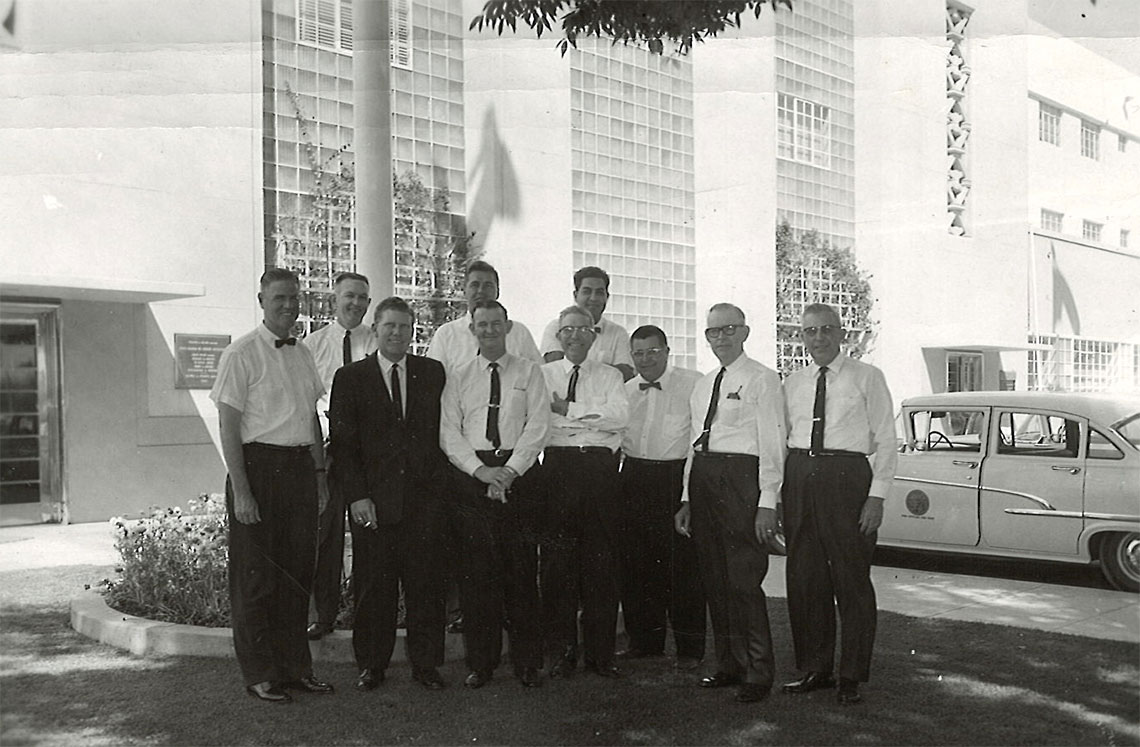
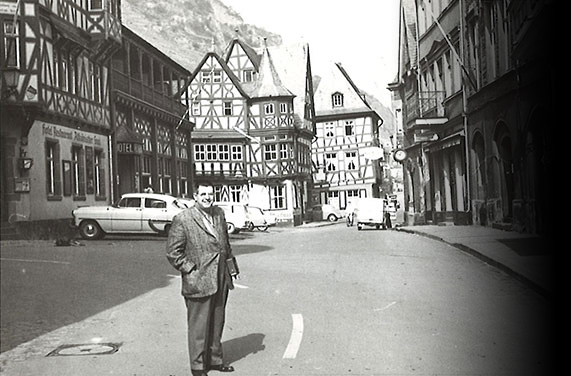
1960s
The Family
Plasma therapies were developed during the 2nd World War to treat battlefield casualties. But during peace time, there was no reliable source of human plasma to manufacture life-saving drugs. In the late '60s, Dr. Austin R. Stough formed Stough Enterprises, Inc. (SEI), and began developing off-street plasma donor facilities to meet this demand. Contracts were formed early on with Hyland Laboratories of Oak Park, IL, and Cutter Laboratories of Berkeley, CA. Stough Enterprises expanded rapidly, and at Dr. Stough’s death in 1972, was a recognized leader in the operation of commercial plasmapheresis centers.
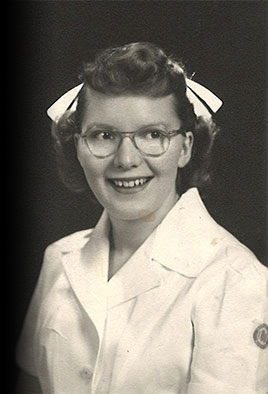
1970s
The Beginnings of Commercial Plasma
The 1970s saw continued expansion of Stough Enterprises. Betty Stough, Dr. Stough’s widow, and her son-in-law, Bob Van Schuyver, took over plasma operations. Michael Stough joined the firm in 1975 and accepted the position of CEO in 1980. The firm grew to 8 plasmapheresis centers, with approximately 125 employees and $12 million in sales. Becoming active in the production of tetanus and hyperimmune plasma, SEI began plasma sales on an international basis, with clients in Spain, Austria and Germany.
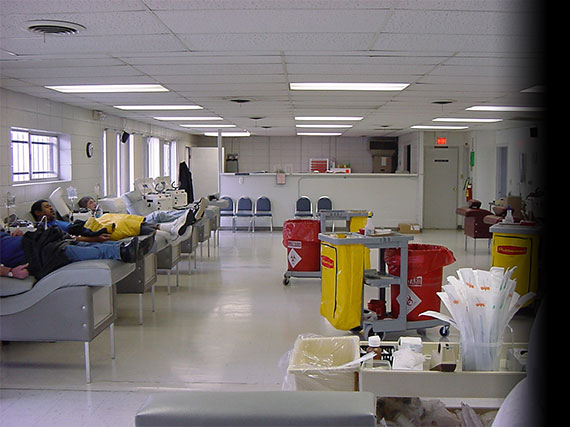
1980s
Diversification into Real Estate
With the beginning of the AIDS epidemic, the '80s were a very turbulent time in the plasma industry. In 1983, Dr. Gallo developed a reliable test for HIV. SEI was the first commercial plasmapheresis company in the United States to test for the AIDS virus. Manufacturing techniques were developed to eliminate the possibility of a viral infection from plasma products. During this time Michael Stough also began pursuing real estate development, principally strip shopping centers and downtown commercial buildings.
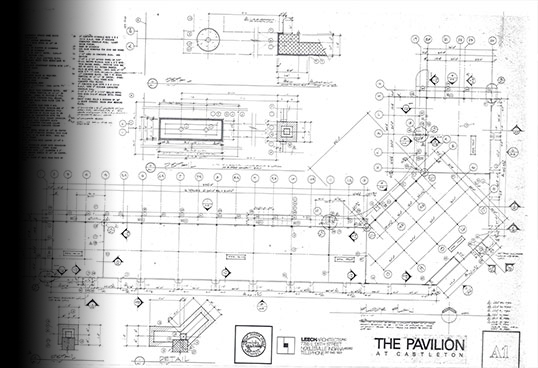
1990s
Hanke Building is saved and renovated; 1st plasma center prototype is developed
At the start of the '90s, Michael Stough formed a subsidiary, Stough Development, and began to shift his focus to real estate development, including historic building renovation, retail development, strip shopping centers and office space. The plasma industry continued to become more sophisticated and brought about the development of intravenous immune globulin, an extremely important therapy for people with compromised immune systems.
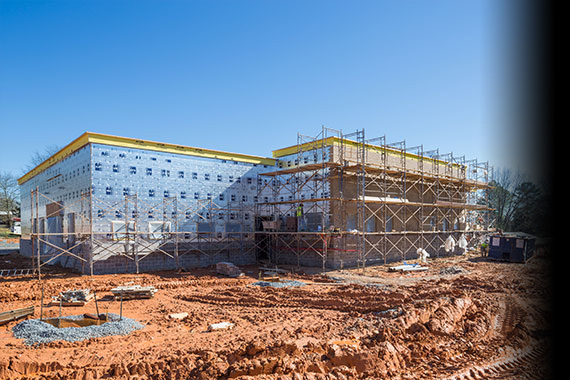
2000s
Consolidation of Industries; Sale of Operations
The 2000s brought an explosion of growth in the supply and demand for plasma-derived products. Stough Enterprises doubled the size of their plasma operations to 15 centers, over 500 employees, and $50 million in annual sales. In 2006, SEI sold their plasma operations to the international company, Grifols, and Michael Stough began focusing on real estate development.
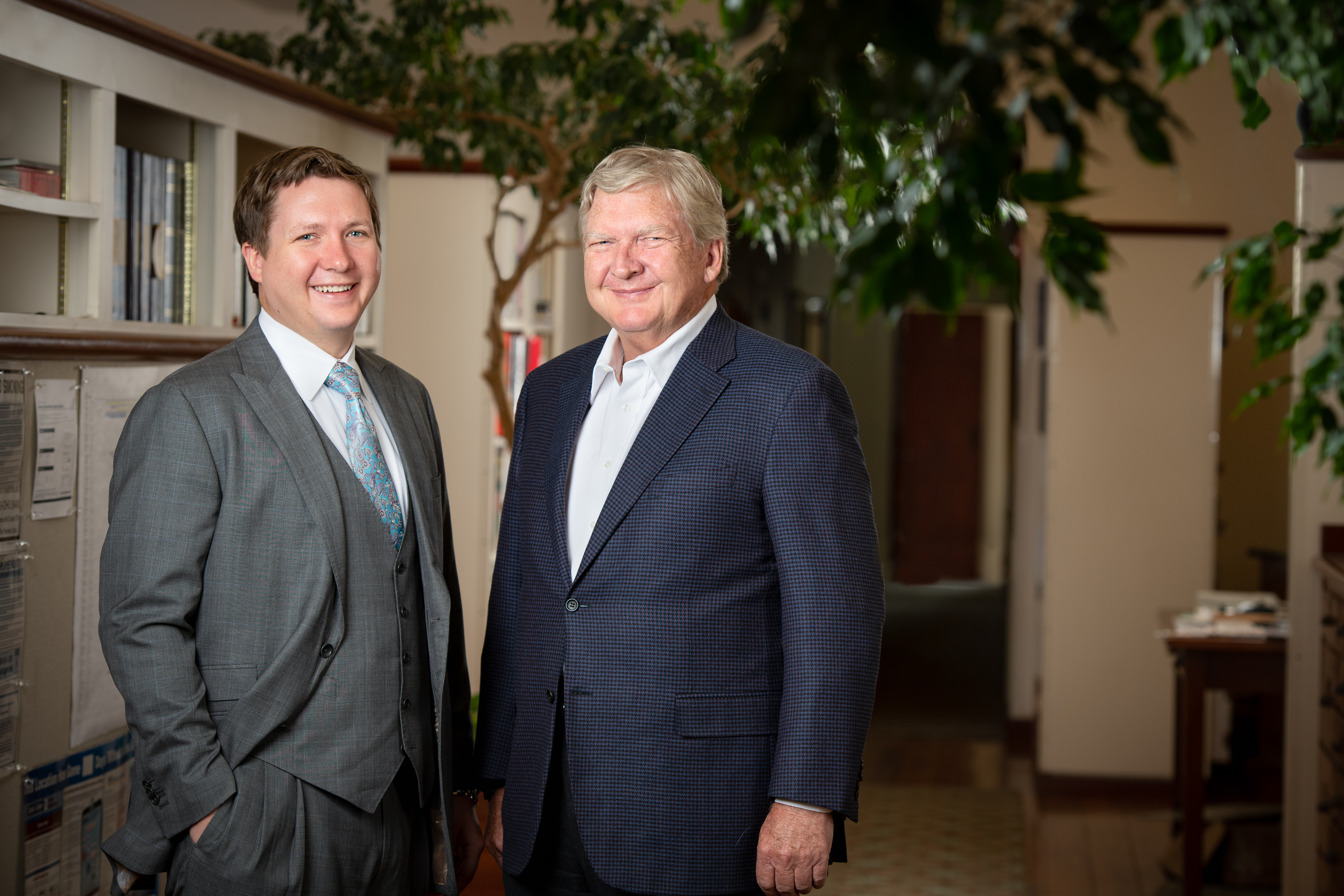
2010s
Scott Stough, son of CEO Michael Stough, comes to work for the business
In 2010, Scott Stough, son of CEO Michael Stough, came to work for the business, which made him the third generation to work in the family business. The plasma pharmaceutical industry began vertical integration, and large pharmaceutical corporations started acquiring smaller plasma operators. This initiated a period of rapid expansion of plasma centers. With Stough’s 40 years of experience in plasma operations and 25 years of medical facility construction, the company became recognized as an industry leader in developing plasmapheresis facilities.
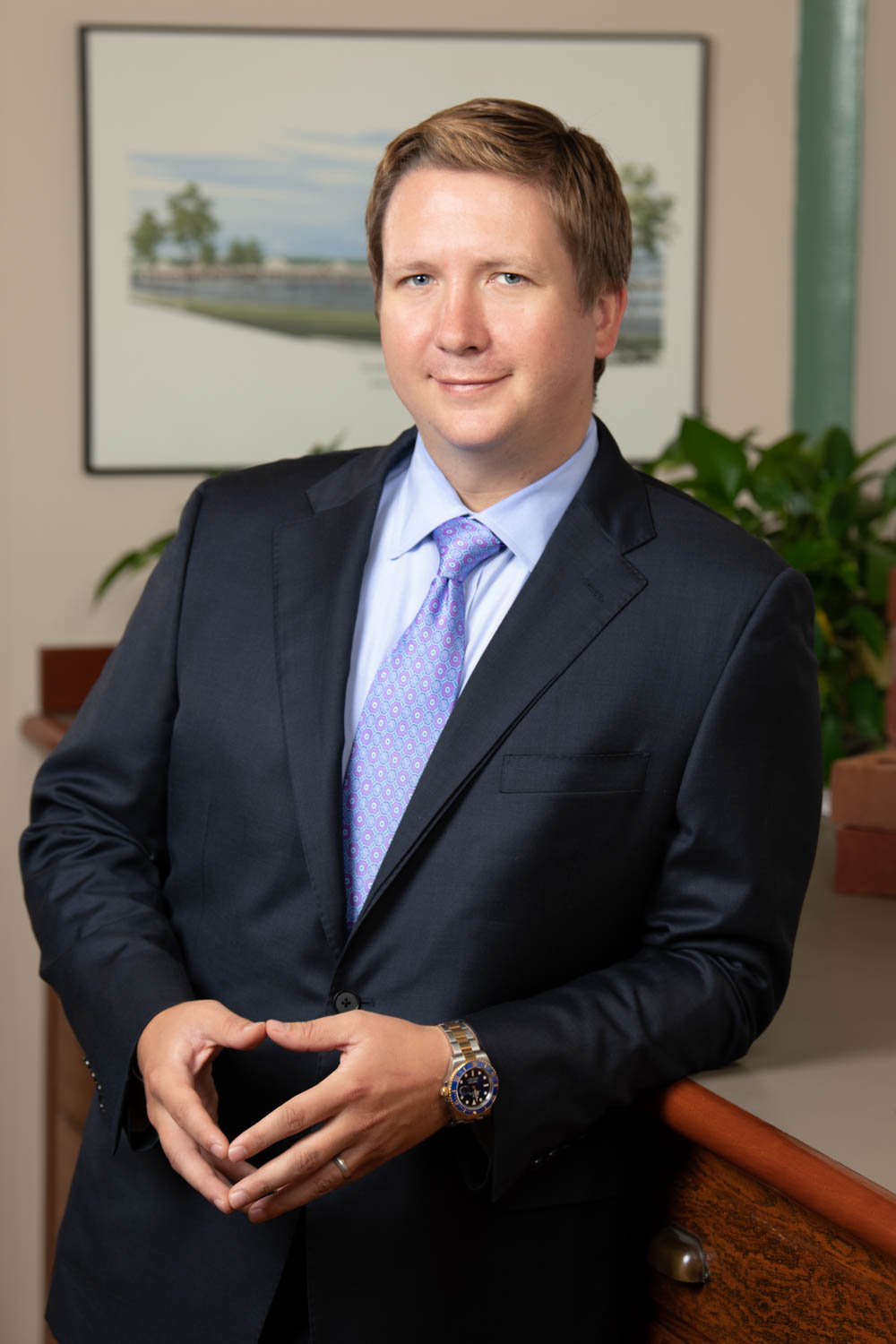
2020
Company turns 50, Scott becomes CEO
As Stough Group passes a half century in business, the founder’s grandson takes the reins as CEO. Scott is enhancing our proven approach with his unique leadership and site selection skills. As Chairman, Michael is still on the job, laser-beam focused on making collection facilities more attractive, comfortable, clean, efficient and safe. Our goal is to raise the best industry standards even higher, delivering the ultimate facilities for long-term client success.
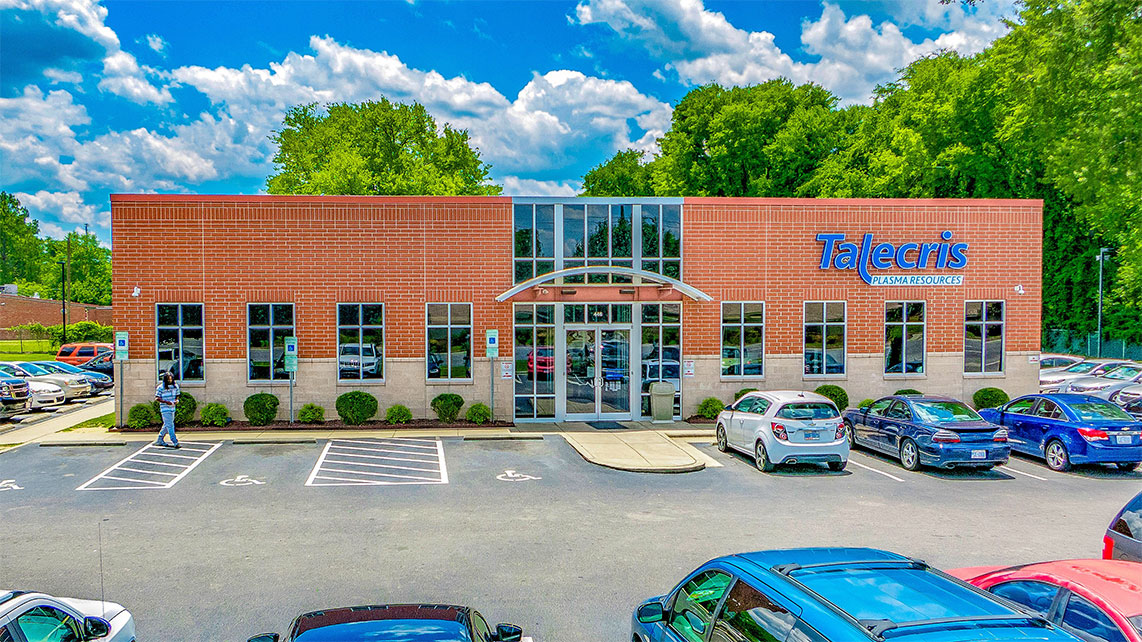
Reach Us
To streamline delivery and control costs, we take a prototype approach when possible, engage local civil engineering consultants for each project, and establish a working relationship with the local governing authority.